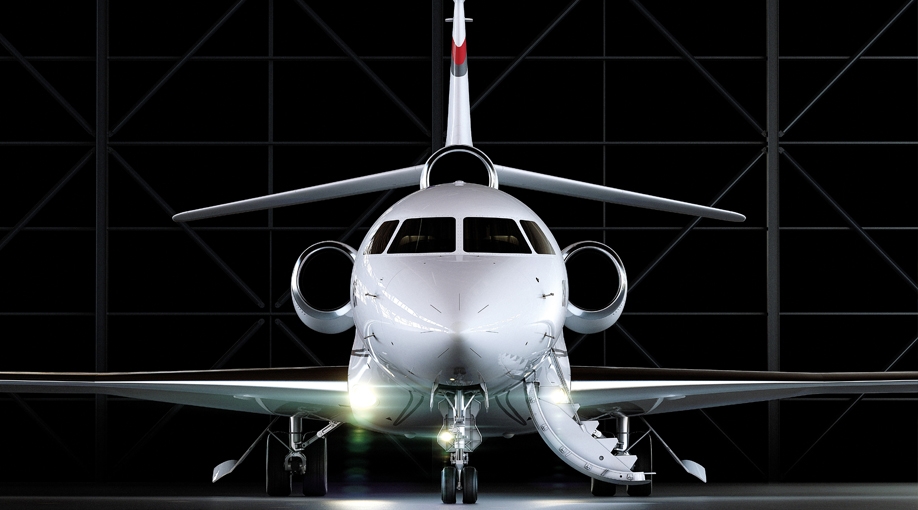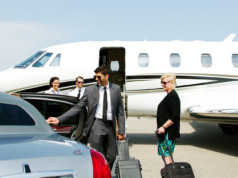
You know the advantages of business aviation: time savings, schedule flexibility, privacy, and security. As you investigate your options, you will find an array of alternatives and economic arrangements
Financial Analysis Ensures the Right Operating Option
You know the advantages of business aviation: time savings, schedule flexibility, privacy, and security. As you investigate your options, you will find an array of alternatives and economic arrangements:
- Purchase your own dedicated aircraft by paying cash and/or obtaining a loan, or lease an aircraft. If you put the aircraft onto a management company’s charter certificate, you can use the charter revenue to help offset your fixed costs.
- Obtain a fractional interest in a specified type of aircraft, either by paying an upfront purchase price, or by entering into a lease for your fractional share. On an ongoing basis, you will pay a monthly management fee plus a per-hour rate for operating costs and fuel surcharge.
- Purchase a jet card by paying a lump sum amount entitling you to a set number of flight hours per year in a certain type of aircraft.
- Negotiate a block charter deal for a set number of flight hours. Normally, this option involves paying a lump sum amount up front.
- Join a “club.” Combining aspects of card and block charter programs, this relatively recent option, offered by Wheels Up and VistaJet, requires a monthly fee but no equity.
- Buy ad hoc charter hours on an as-needed basis. Pay on a flight-by-flight basis for the specific aircraft you are chartering.
How will you determine which choice is best for you? The need for guaranteed availability may rule out most charter options. On the other hand, charter enables you to select the most appropriate aircraft for each trip, without any capital investment.
Once your need is defined, finance usually becomes the most important factor in the decision process. Even though there are significant variations in how each option is financed, there is a way to compare them. Discounted cash flow analysis looks at each option on an after-tax cash basis with the time value of money factored in.
The four key factors inherent in this analysis are:
- Make the flight hours comparable. If you own an aircraft, then the costs you incur are based on actual flight hours flown. However, the other options often charge based on various “block time” arrangements. So to compare costs, an adjustment needs to be made so that each choice includes the same number of actual flight hours.
- Factor in taxes. Taxes can have a dramatic impact on analyzing the various options. Federal Excise Tax and/or sales tax may need to be added onto some payments in charter, fractional and some management company fees (see “Who’s In Charge Here?,” page 8). And most importantly, cash expenditures may or may not be tax deductible, while depreciation may be wholly, partially, or not deductible (see “Demystifying Aircraft Costs” BAA January/February 2015, p. 10). For a taxpayer in a combined 40% (or higher) federal and state tax bracket, tax deductibility will be an important factor in your decision.
- Account for your asset value exposure. If you purchase an aircraft or a fractional share of an aircraft, your asset is subject to changes in value. Also, consider historical market value trends in your analysis; only in the last year have many aircraft begun to recover value lost in the 2008 financial crisis.
- Recognize the time value of money. Using this core principle of finance, your analysis should compare current and future dollars in a manner that accounts for their difference in value.
Too often investing in business jet travel becomes an emotional decision: fresh paint and a new interior can cloud rational thinking. Taking the time for proper financial analysis will ensure that you select the right operating option, in the best aircraft, for your unique transportation requirements. BAA
David Weil, MBA, CEO, Flight Department Solutions, previously served for 17 years at TAG Aviation USA, and served as President of its subsidiary, AMI Jet Charter. He is a past Chair of NBAA’s Tax Committee.




